#common whitlowgrass
Text





Derbyshire (2) (3) (4) (5) by John Knight
Via Flickr:
(2) Tansley Dale.
(3) Spring Whitlow-grass (Draba verna agg).
(4) Cressbrook Dale.
(5) Litton Mill.
#countryside#trees#stone wall#flowers#spring draba#common whitlowgrass#valley#dales#fields#fog#england#peak district#east midlands
8 notes
·
View notes
Text




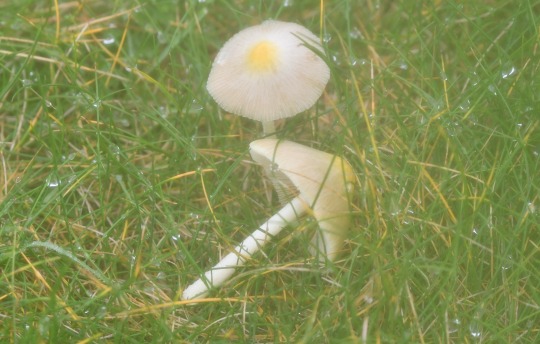
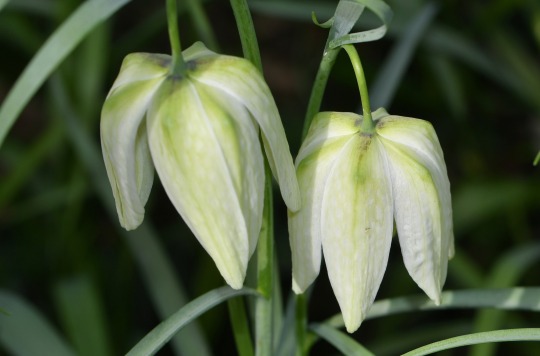

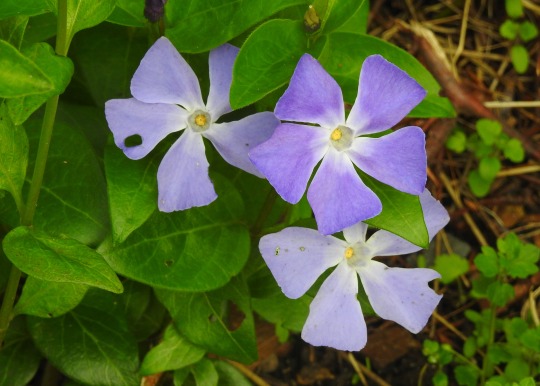
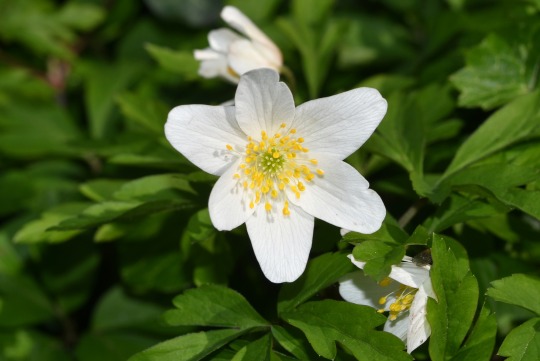

March end of month post 1 of 3: Ten of my favourite plant and fungi photos I took in March 2024
Not quite the end of the month yet I know but as my March end of month posts are coming in three parts and I put them together on Thursday I thought I'd post one each night today, tomorrow and Sunday; tomorrow night at a similar time the post on ten of my favourite landscape and sky photos I took this month shall post and on Sunday ten of my favourite wildlife photos I took this month.
The photos in this set are of; daffodils and hyacinth at Lakeside Country Park, scarlet elf cup and jelly ear at Testwood Lakes, yellow fieldcap at Portland Bill, snake's-head fritillaries at Lakeside Country Park a sensation of my month as it often is in March, daffodil in Romsey, periwinkle in Winchester, wood anemone at Lakeside and common whitlowgrass at Denny Wood in the New Forest.
What a joy it has been to watch many more colourful floral delights emerge in March, many of them early in the theme of the year. Red and white deadnettle, speedwell, seas of lesser celandine, green alkanet, snowflakes, opposite-leaved golden saxifrage, herb-Robert, gorse, bluebells, primroses, ivy-leaved toadflax, cowslips, violet, daisies and dandelions have been other highlights as spring firmly took its grip. It's interesting that this is my fourth spring of really being into flowers and looking to identify all I've seen etc and whilst I'm so much more used to the species now there's always something to learn and I've seen some new ones this month which stood out so it always feels good. Turkey tail was another mushroom I saw a bit of this month as it was pleasant to encounter a few about.
#common whitlowgrass#turkey tail#snake's-head fritillary#periwinkle#daffodils#hyacinth#green alkanet#jelly ear#scarlet elf cup#yellow field cap#portland bill#winchester#lakeside country park#plants#wildflowers#flowers#spring#2024#march#europe
9 notes
·
View notes
Text
Tiny Plants: Draba verna
Tiny Plants: Draba verna
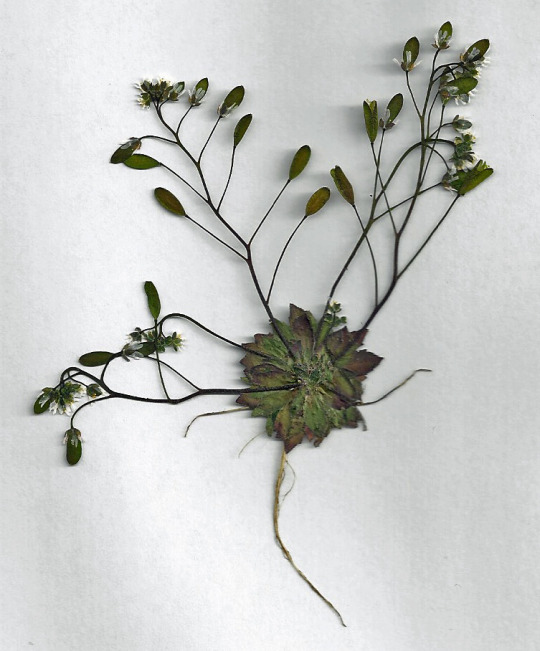
Draba verna is a small but memorable plant. Common names for it include early whitlowgrass, vernal whitlowgrass, and spring whitlow-mustard. Sometimes it is simply referred to as spring draba. As these common names suggest, Draba vernaflowers early in the spring. It is an annual plant that begins its life by germinating the previous fall. While its flowers are minuscule, multiple plants can be…
View On WordPress
#annuals#botanical illustrations#botanical sketches#Brassicaceae#Draba verna#flowers#introduced plants#mustard#naturalized plants#seeds#spring draba#tiny plants#weeds#whitlow grass#whitlow-mustard#whitlowgrass#winter annual weeds#winter annuals
26 notes
·
View notes
Text
Conservation genetics - Part 1
Loss of genetic diversity in small populations
The theory of loss of genetic diversity in small populations makes three predictions:
1) The theory predict that a reduction in genetic diversity (H) decreases by 1/2N per generation until H=0. This leads to a loss of rare alleles and potentially future adaptability. The rate of loss, however, depends on the population size as a small population of N=20 (N=population size) will reach H=0 after 200 generations, whereas a population of N=50 will reach H=0 after approx. 420 generations. As the population increases so does the number of generations required to reach H=0.
2) The second prediction is that individuals in a small population will become more inbred as they lose genetic diversity, and that the inbreeding coefficient (F) increases with 1/2N per generation until F=1. As a population becomes more inbred there will be an increase in homozygosity of deleterious, recessive alleles, as well as an increased risk of inbreeding depression. (Inbreeding depression is reduced viability (survival) and biological fitness (fertility) of offspring as a result of mating between closely related individuals).
It is, however, possible for selection to act against unfit homozygotes and thus “purge” recessive, deleterious alleles from the gene pool.
Before inbreeding: aa AA AA Aa AA Aa Aa AA AA AA
After inbreeding: aa AA AA aa AA Aa aa AA aa AA
After inbreeding “purging” of aa: ... AA AA ... AA Aa ... AA ... AA
(a=deleterious, recessive allele)
Plants that are regular selfers, and have a long history of inbreeding, often show little inbreeding depression. (Selfers=plants capable of self-fertilisation). An example of this is the common whitlowgrass (Draba verna), which has a long history of both inbreeding and purging, making it functionally immune to inbreeding depression.
3) The final prediction is that population will diverge; allele frequencies will drift apart in random directions and Gst (aka Fst) will go from 0 (similar allele frequencies) to 1 (populations fixed for alternative alleles making them different from one another).
The meaning of N
Earlier I defined N as the population size. However, when talking about conservation there are two ways of defining a population. Ideally, N=census number (number of observable individuals in a population). Since this is rarely the case for most natural populations, it is necessary to define N as the effective population size (Ne). Ne is the number of individuals contributing to the next generation and is often lower than the census population.
The question is then, when is Ne<N?
There are at least five different instances where this is the case:
1) Clonal organisms: Ne=the number of clones.
2) Unequal sex ratio: with fewer of one sex to contribute to the next generation, the Ne will be lower than N. For example: if there is a population with 1 male and 9 females, Ne would equal 3.6 genetically distinct individuals.
3) Fluctuating populations: if the population size fluctuates, only the surviving individuals will contribute to the next generation. If the population has a drastic drop from one year to the other, fewer individuals will contribute to the gene pool. For example, with population fluctuations as follows: 200-210-12-250-200, Ne=49 genetically distinct individuals.
4) Variable family size: in certain populations there may be some families that contribute more to the genetic pool than others by having more offspring. With family sizes of 1, 2, 1, 3, 4, 3, and 15, Ne=3.1.
5) Isolation by distance: if individuals are further away from conspecifics they have a reduced chance of mating and will therefore mate with nearby conspecifics. In insect pollinated plants, an individual might only mate with the 10 nearest conspecifics. The plant species cowslip has a “genetic neighbourhood” with approx. 10 individuals in a six diameter circle due to restricted pollen and seed flow.
Genetic diversity often increases with population size. When comparing the genetic diversity of common and rare species, rare species often have a lower genetic diversity. The mating system can also affect the genetic variation. Comparing three population of two plant species with different mating systems, show that the allozyme variation between three populations of Petrorhagia prolifera, a selfing annual, have a Gst of 90%, whereas the allozyme variation between three populations of Corylus avellana (hazel), a wind pollinated shrub, has a Gst of 5%. (Allozyme=different forms of the same enzyme).
Having a reduced genetic diversity can have negative fitness effects. One example is the transmissible tumours of the Tasmanian devil.
Some plants have a system of self-incompatibility (SI). This SI system allows the plants to avoid inbreeding and loss of genetic variation. SI is the inability to self-fertilise or mate with other individuals with a similar genotype (S1S2 –no seed set–>S1S2). In some systems it is possible for the plant to mate with individuals that has a partially similar genotype (S1S3–no or partial seed set–>S1S2). If the individuals have different genotypes, mating between conspecifics is guaranteed (S3S4–full seed set–>S1S2).
The self-incompatibility alleles can be lost due to genetic drift, which has happened in a population of Rhutidosis leptorrhynchoides.
In 1876, Darwin performed an inbreeding depression experiment on maize by cross-fertilisation of some individuals and self-fertilisation of others. Generally the cross-fertilised individuals grew taller compared to the self-fertilised individuals.
It is possible through genetic rescue to save a population from inbreeding depression by introducing new genotypes to the population.
Intro - Conservation genetics
Part 2 - Maladaptive gene flow
Part 3 - Maladaptive selection
0 notes
Photo
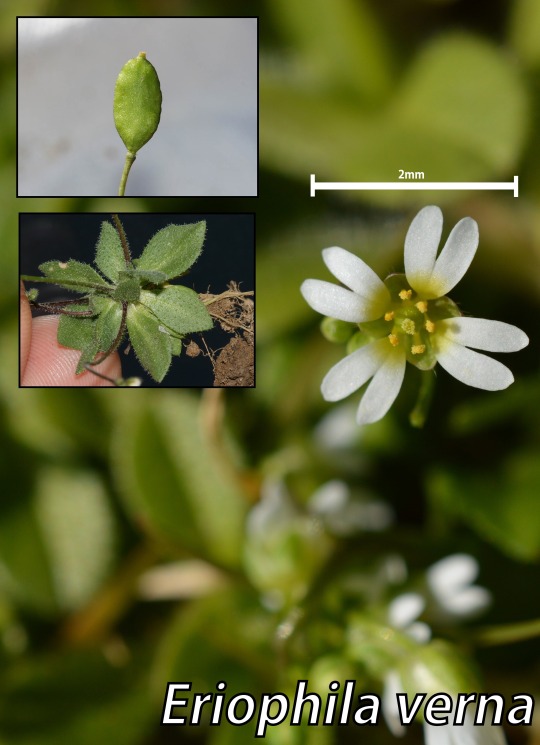
Eriophila verna
13/03/2013
Family: Brassicaceae (Cabbage)
Genus: Eriophila
Species: E. verna
Common Name: Common Whitlowgrass
Location: NT057672
Habitat: This member of the cabbage family grows on dry substrates such as walls, paths and rocks. It is very small only reaching upto 10cm high and can often be mistaken for a small Cardamine hirsuta
Determiner: Ewan Cole
Authority: (Linnaeus.) DC.
1 note
·
View note
Text
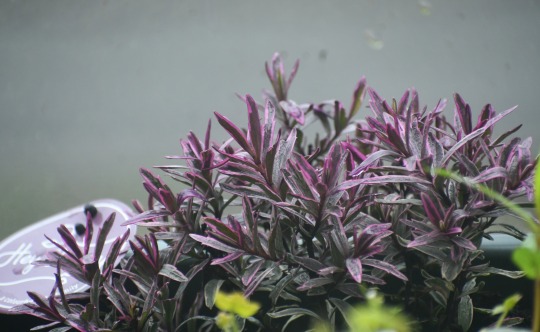
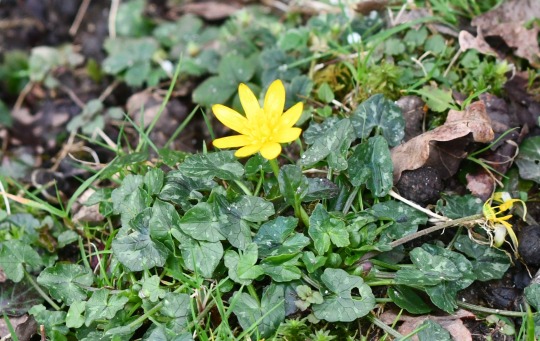
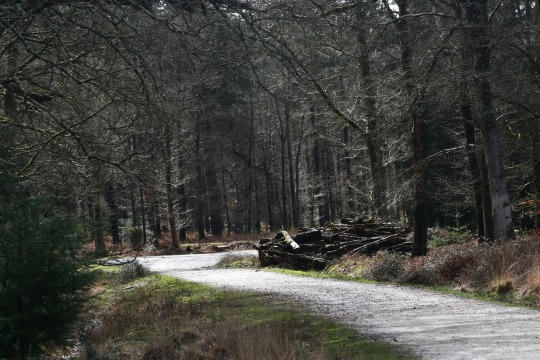
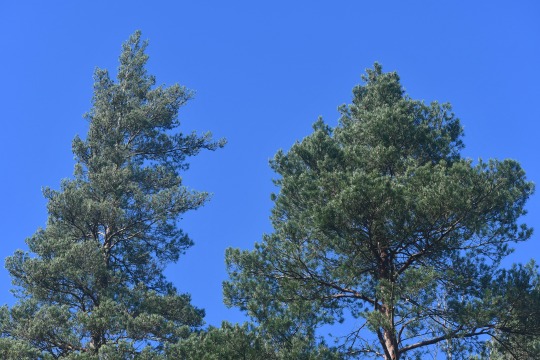
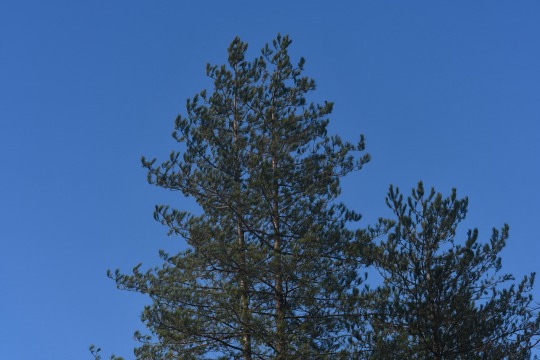
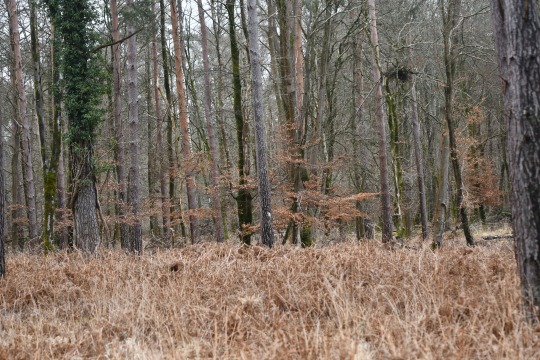
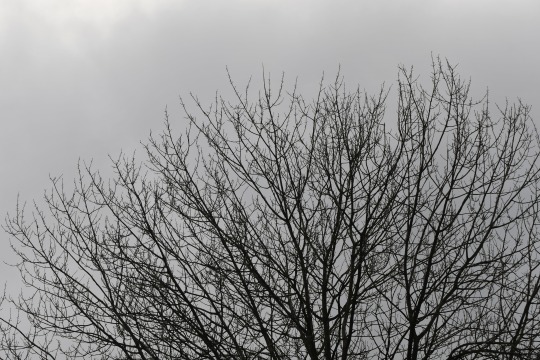
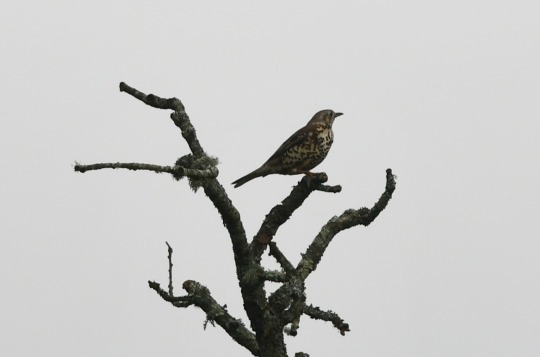
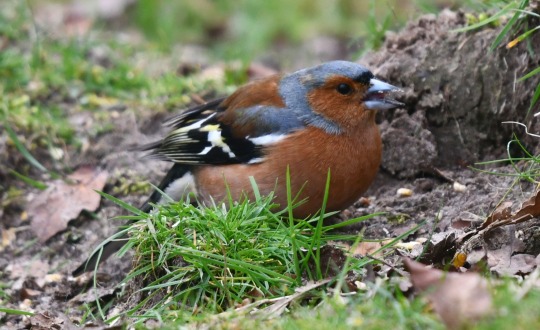
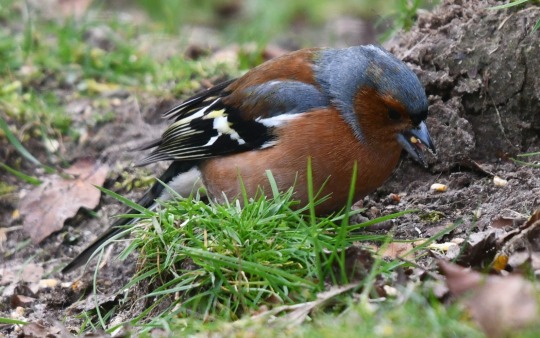
17/03/2024-Denny Wood in the New Forest at home
Photos taken today in this set are of; a new plant on the balcony at home, lesser celandine which adorned the floor at Denny Wood, beautiful views on a fantastic family walk at Denny Wood of sun kissed pines against blue sky and other immersive forest scenes and beautiful Mistle Thrush and Chaffinch that it was a joy to see late on in the walk, Chaffinches enjoyed early on too. It was so peaceful and uplifting to listen to beautiful birdsong on the walk from the likes of Wren, Blue Tit and gorgeous Song Thrush, seeing the latter as well real hopeful early spring moments. Great Spotted Woodpecker was another good one to see and hear on the walk. Dunnock, exciting views of Treecreeper, Robins, Redwing, Long-tailed Tit, Marsh Tit a key species here, Jay, a Buzzard patrolling overhead a few times on the walk or may have been different ones, smashing views of a bright Brimstone butterfly, daisies, my first ever common whitlowgrass an eyecatching tiny flower and jelly spot fungus on a gate were other highlights on the walk. I enjoyed seeing Woodpigeon closely on the balcony, Robin on the garages seen and heard singing when we got back and hearing Blackbird as I briefly awoke in the early hours at home today.
#blackbird#great spotted woodpecker#chaffinch#mistle thrush#2024#outdoors#walking#walk#photography#home#redwing#march#new forest#denny wood#brimstone#butterfly#woodpigeon#plants#common whitlowgrass#marsh tit#buzzard#jay#treecreeper#europe#hampshire#england#uk#sunday
1 note
·
View note